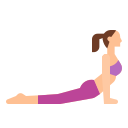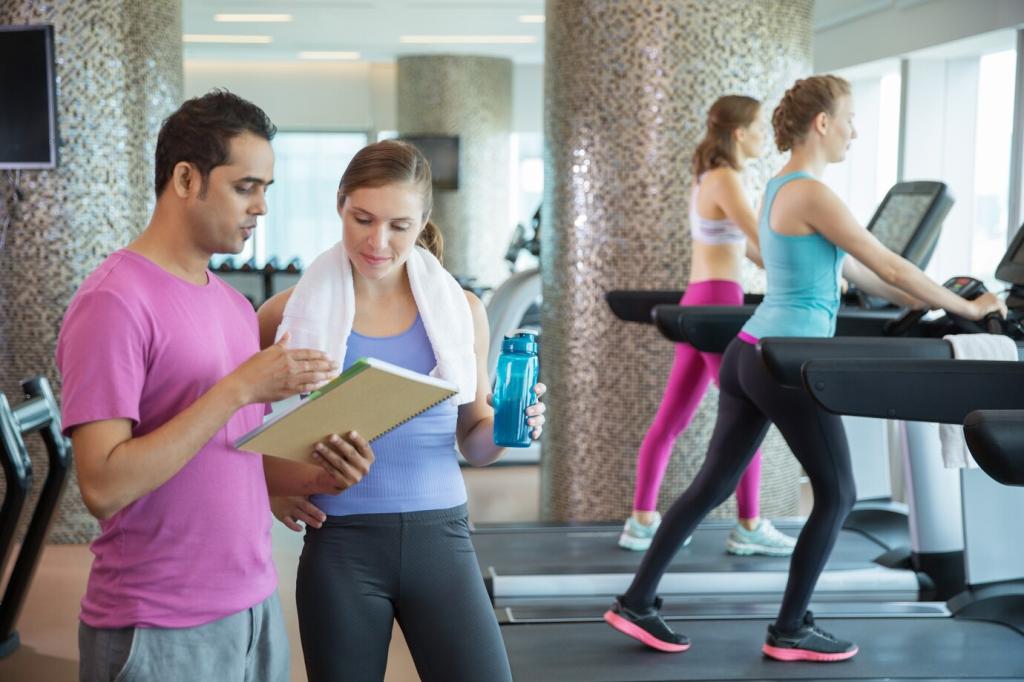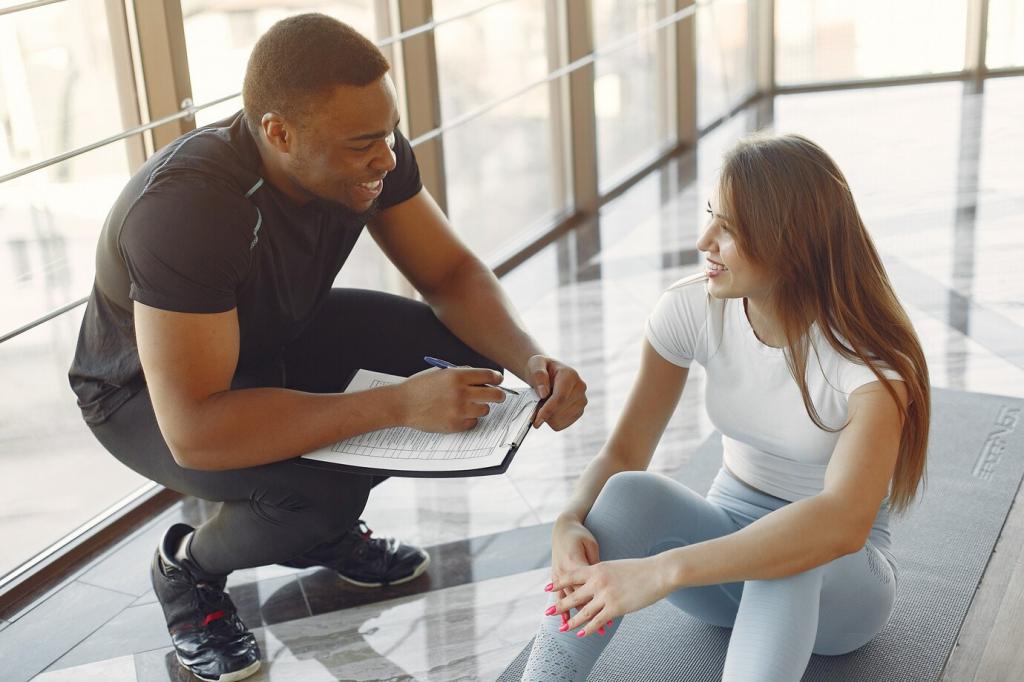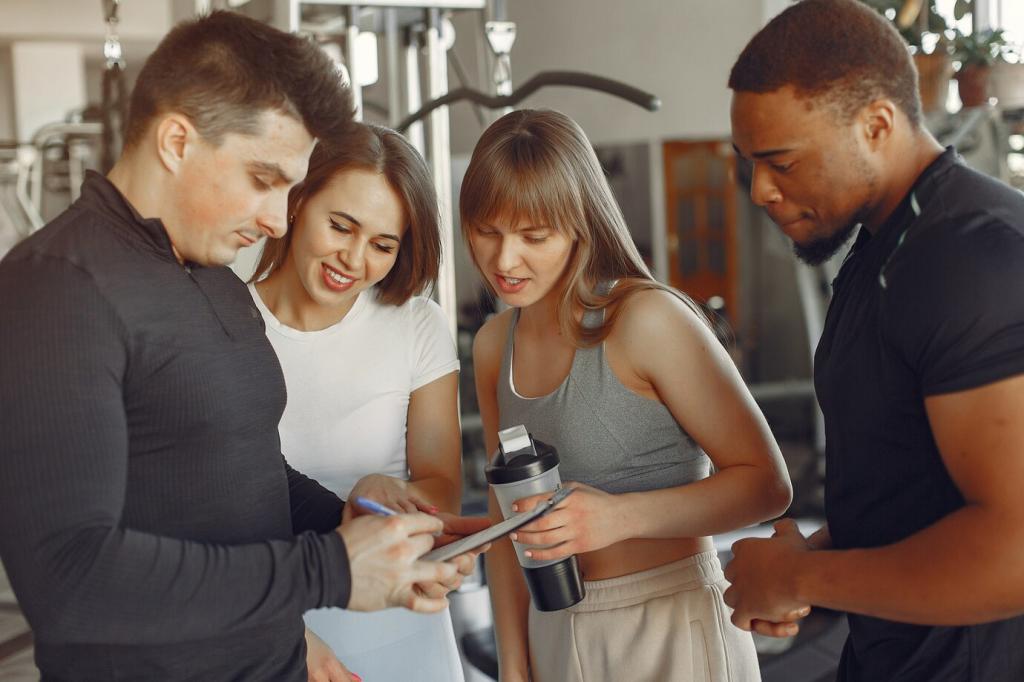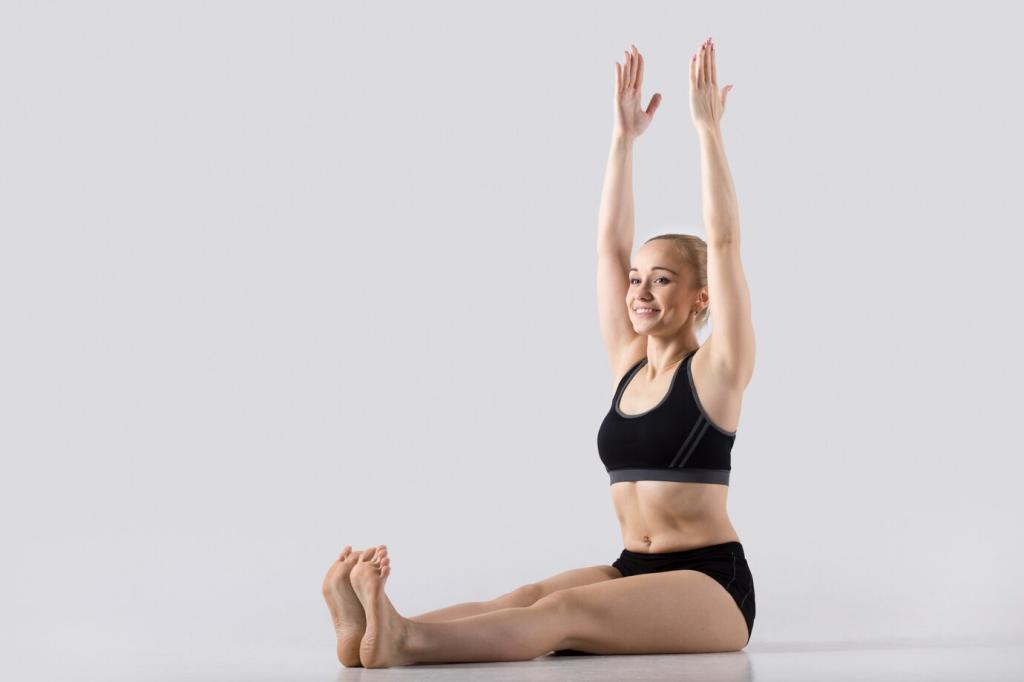Progress You Can Feel and Measure
Weekly, take a relaxed standing photo from the side and front. Notice head position, rib lift, and knee lock. Subtle improvements in ease and balance are real progress worth honoring.
Progress You Can Feel and Measure
After practice, jot three sensations: breath depth, shoulder softness, and low-back comfort. Over time, patterns emerge, guiding you toward the poses and breath rhythms that support your posture best.
Progress You Can Feel and Measure
Share a win in the comments—maybe your backpack feels lighter or your neck stopped nagging. Subscribe for monthly check-ins and invite a friend to join your posture practice partnership.
Progress You Can Feel and Measure
Lorem ipsum dolor sit amet, consectetur adipiscing elit. Ut elit tellus, luctus nec ullamcorper mattis, pulvinar dapibus leo.
